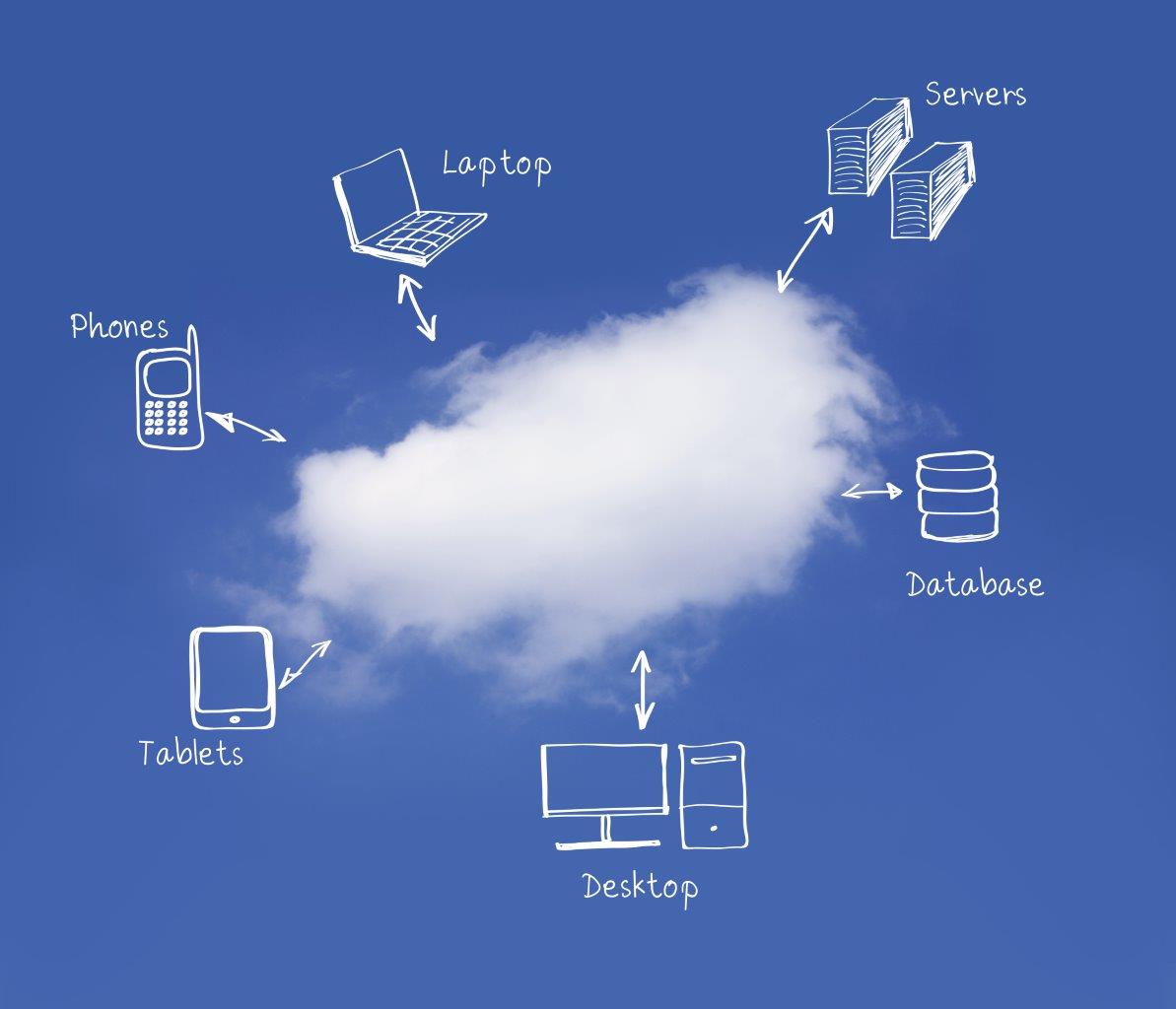One of the latest and most important trends currently set by the IT industry is without doubt Cloud Computing. It is a data processing model based on the use of services provided by a service provider. It allows storing applications and information on servers located outside the local network. The cloud provides access to all data from any device that is connected to the internet. The implementation of such a solution within an organisation or enterprise means a shift in responsibility for the technical detail and infrastructure maintenance to the supplier.
Cloud models:
- Colocation– the oldest cloud model consisting of renting a room within the server area. The customer must supply electricity, internet access and air conditioning.
- IaaS (Infrastructure as a Service) – a model in which hardware, software and servicing are provided by an external service provider.
- PaaS (Platform as a Service) – a model in which the service provider provides a complete set of applications individually tailored to the needs of the client.
- SaaS (Software as a Service) – a model in which the customer receives the software and functions specified by them, for which no licenses need to purchase as they pay on a per-use basis.
In many companies, working with clouds begins with the implementation of a private cloud, i.e. a service dedicated to a given company where resources from different locations are combined which in turn allows achieving greater efficiency and flexibility. In a private cloud, recipients and service providers can order and manage IT services. In such cases, an automated system which enables the delivery of the required resources is used.
In the supply chain, the cloud is the equivalent of logistics companies responsible for the distribution process to a given enterprise. The service provider is responsible for hardware and software solutions. Implementing the walls is greatly convenient because its implementation is relatively short-lived and does not burden the IT employees working on the process, in any way. In addition, software operation in a private cloud significantly reduces the costs associated with investing and maintaining your own hardware and network infrastructure. What’s more, the implementation of the cloud provides great flexibility and rapid implementation of changes and innovations while maintaining business continuity.
The cloud is perfect for the inventory process and fixed asset register. Inventorisation that is carried out using the cloud becomes less complicated and more effective. Thanks to an online register it is possible to quickly locate fixed assets and the persons responsible for them. Cloud functionalities are individually tailored to the client’s needs, which means that it is not necessary to purchase complicated applications with options that a given client will not use. The cloud is used in all enterprises regardless of their size. The customer bears the costs solely for the services they chose. A truly great advantage is the ability to access data from anywhere and at any given time simply using a web browser.
Additional benefits of using clouds in the inventory process is the visibility and ongoing control of fixed assets. This prevents excessive stock and therefore unnecessary costs. Research carried out at the request of the European Commission in 2011 shows that the average savings in companies that decided to implement the cloud system amounted to 10-20% of IT costs.
What’s more, the use of the cloud is completely secure, because the provider is subject to very high standards of personal data protection. Equipment and all applications are stored in a secure centre that ensures complete integrity and access to data by a given enterprise only. Data management is done using data transfer protocols, ensuring secure identification of the user’s server, confidentiality and data integrity over an internet connection.
At a time when a modern enterprise cannot function without implementing the latest IT technologies, cloud implementation seems to be inevitable. Given the multitude of benefits resulting from the use of this functionality, this investment may prove to be the only right choice.





